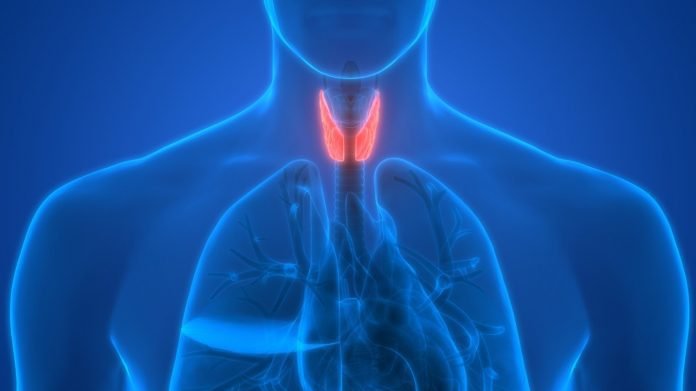Last Updated on March 12, 2024 by admin
12 percent of Americans will develop a thyroid condition sometime during their life. Some examples include Grave’s disease, thyroiditis, and goiter.
Hypothyroidism is another common disorder that affects up to 5 percent of the general population. Left untreated, it can lead to various health problems including neuropathy, heart disease, and infertility.
What about Hashimoto’s disease? How is it different from hypothyroidism?
Want to know more? If so, you’re on the right page. Keep reading for everything that you need to know about Hashimoto’s disease vs hypothyroidism!
Table of Contents
What Is Hypothyroidism?
Hypothyroidism occurs when the thyroid gland doesn’t produce enough hormones. Also called an underactive thyroid, it can affect your energy levels, mental functions, and metabolism.
While anyone can develop the condition, it’s often seen in women above the age of 60. Some of the most common hypothyroidism symptoms include fatigue, weight gain, slowed heart rate, muscle weakness, thinning hair, and dry skin.
Not only that, but it can also affect the digestive system. For one thing, it can slow down the movement of food through the intestines and that can lead to various symptoms such as bloating, constipation, and heartburn.
Some people may also develop an enlarged thyroid gland, also known as a goiter. While it’s rarely painful, it may be tender when touched. In some cases, it can also make swallowing difficult.
Read More: Why Having Hair Wig Options is a Good Idea
What Is Hashimoto’s Disease?
Hashimoto’s disease is the most common cause of hypothyroidism in the United States. An autoimmune disorder, it occurs when the body makes antibodies that mistakenly attack the cells in the thyroid. As a result, there’s a decline in hormone production.
While the cause of the disease is unknown, scientists believe there are genetic factors involved. For example, your risk may be higher if you have a family history of lupus, rheumatoid arthritis, vitiligo, type 1 diabetes, and other autoimmune diseases.
It’s important to note, however, that Hashimoto’s disease symptoms are not unique to the condition. Rather, it causes the same symptoms of an underactive thyroid.
The disease can also progress for many years before you notice any symptoms.
Treating the Condition
Hypothyroidism, including Hashimoto’s disease, is a lifelong condition (the Hashimotos Fix has more information). The good news is that medication will reduce or alleviate symptoms for most people.
More specifically, the doctor will prescribe levothyroxine, a synthetic version of the thyroid hormone (T4) that’s normally produced by the body. In doing so, your T4 levels will return to adequate levels.
With that said, it can take several weeks for the medication to work. You’ll also need follow-up blood tests to monitor your thyroid hormone levels.
The Difference Between Hashimoto’s Disease vs Hypothyroidism Explained
Now you know the difference between Hashimoto’s disease vs hypothyroidism! If anything, the former is the autoimmune form of the condition. For those who are experiencing symptoms, talk to your doctor.
Did you find this guide helpful? We have more articles like this in the health section of our blog. Check it out today!
Apart from this, if you are interested to know more about Know About Iodized Salt And Its Importance then visit our Health category.
























